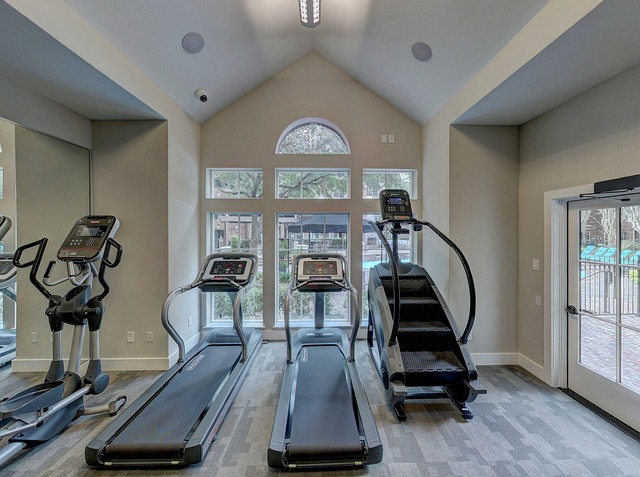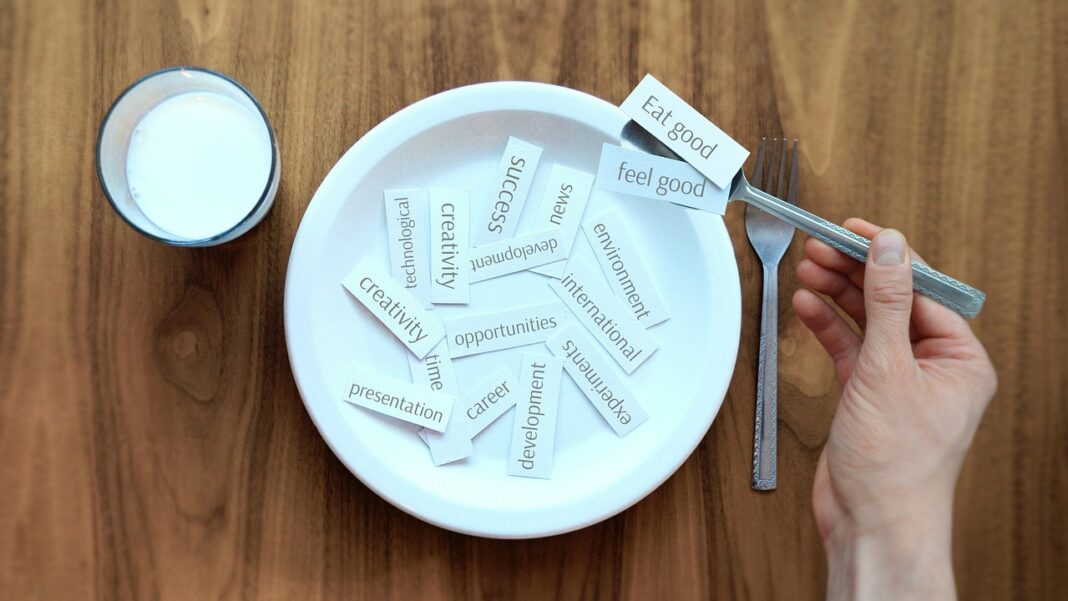Creating a home gym doesn’t have to break the bank. With some smart planning and a budget-conscious approach, you can build a home gym that suits your fitness needs without spending a fortune. In this guide, we’ll walk you through the steps to build an effective home gym on a budget.
**1. Set Your Budget
Before you start, determine how much you’re willing to spend on your home gym. Having a clear budget will help you make informed decisions and avoid overspending.
**2. Choose the Right Space
Select a suitable location for your home gym. It could be a spare room, a corner of your bedroom, a garage, or even a basement. Ensure the space is well-ventilated and has adequate lighting.
**3. Prioritize Essential Equipment
Focus on essential equipment that provides a full-body workout without breaking the bank:
- Resistance Bands: Versatile and affordable, resistance bands offer various resistance levels for strength training.
- Dumbbells: Start with a few sets of dumbbells in different weights. They’re versatile and useful for a wide range of exercises.
- Yoga Mat: A yoga mat provides a comfortable surface for floor exercises, stretching, and yoga sessions.
- Jump Rope: An excellent cardio workout tool that’s budget-friendly and space-saving.
- Pull-Up Bar: If your budget allows, invest in a pull-up bar that can be mounted on a door frame.
**4. Consider Secondhand Equipment
Look for secondhand gym equipment. Check local classified ads, online marketplaces, or garage sales for deals on used fitness equipment like treadmills, stationary bikes, or weight benches. Make sure to inspect the equipment thoroughly before purchasing.
**5. Bodyweight Exercises: The No-Cost Option
Bodyweight exercises require no equipment and can be highly effective for strength and endurance training. Incorporate exercises like push-ups, squats, lunges, and planks into your routine.
**6. DIY Equipment
Get creative and build your own gym equipment. For example, you can fill empty water jugs with sand to create homemade dumbbells or use sturdy furniture for step-ups and box jumps.
**7. Use Free Apps and Online Workouts
Take advantage of free workout apps and online resources. Many fitness apps offer guided workouts and exercise routines that require minimal or no equipment. YouTube also hosts numerous fitness channels with workouts for all fitness levels.
**8. Safety First
Ensure your home gym is safe by securing heavy equipment, checking for stability, and using proper form during workouts. Invest in a pair of workout gloves to protect your hands and a mirror to monitor your form.
**9. Storage and Organization
Organize your home gym efficiently to maximize space and functionality. Use shelves or storage bins to keep your equipment organized and accessible.
**10. Upgrade Gradually
As your fitness journey progresses and your budget allows, consider upgrading your home gym with additional equipment or accessories. This way, you can expand your workout options over time.
Conclusion
Building a home gym on a budget is achievable with careful planning and smart choices. Focus on essential equipment, consider secondhand options, and utilize bodyweight exercises and free online resources. With a bit of creativity and determination, you can create a cost-effective home gym that supports your fitness goals while saving money in the long run.




